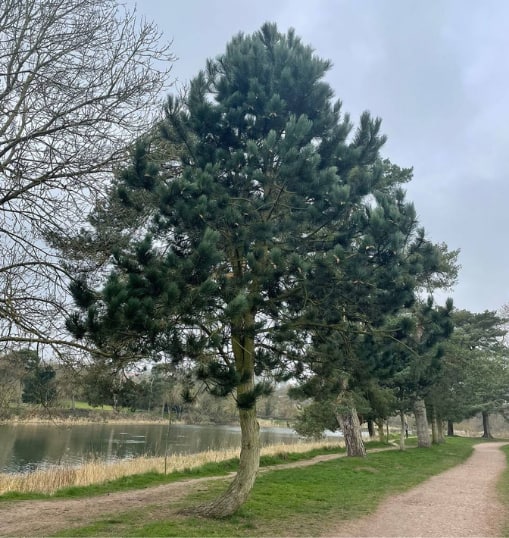Understanding Tree Regrowth After Felling
Tree felling is often necessary for a variety of reasons, such as removing hazardous trees, managing landscapes, or making way for new construction. However, not all trees behave the same way after being felled. While some species regenerate from the stump and produce new growth, others die off completely. If you are considering tree removal in Rye, East Sussex, it is essential to understand why some trees regrow after felling and others do not.
Factors That Determine Tree Regrowth
1. Tree Species and Regeneration Ability
Some tree species have an inherent ability to regenerate after felling, while others lack this capability. Trees that commonly regrow include:
- Willow
- Poplar
- Alder
- Hazel
- Ash
These species possess strong root systems that allow them to sprout new shoots even after the trunk has been cut down. This characteristic is particularly useful for coppicing, a traditional woodland management technique where trees are repeatedly cut back to encourage regrowth.
On the other hand, certain trees, such as conifers (e.g., pine, spruce, and fir), do not regenerate after felling. Once their main trunk is removed, they lack the ability to sprout new growth from the stump.
2. Tree Age and Health
Younger, healthier trees are more likely to regenerate after felling compared to older or diseased trees. A tree in good condition has a strong root system and an active cambium layer (the part of the tree responsible for new growth), which increases its chances of producing new shoots.
3. The Cutting Method
How a tree is felled also influences its ability to regenerate. If a tree is cut close to ground level and the stump is left intact, certain species will naturally sprout new shoots. However, if the stump is removed entirely or chemically treated, regrowth is less likely.
4. Seasonal Timing
The time of year when a tree is felled can also impact regrowth. Trees cut during the dormant season (autumn and winter) often have a lower chance of regenerating compared to those cut during the active growing season (spring and summer). This is because the stored energy in the roots is used for new growth when conditions are favourable.
5. Root System Strength
A tree’s ability to regenerate is closely linked to its root system. Deciduous trees with robust root networks, such as oak and beech, may send up suckers (new shoots from the roots) after felling. Conversely, trees with shallow or weaker root systems may struggle to generate new growth.
Preventing Unwanted Tree Regrowth
In some cases, tree regrowth is undesirable, especially when removing invasive species or clearing land for development. There are several effective methods to prevent regrowth after tree felling:
- Stump Grinding: This process involves grinding the tree stump down below ground level, eliminating the possibility of new shoots emerging.
- Chemical Treatment: Applying a professional-grade stump killer can prevent regrowth by disrupting the tree’s ability to produce new shoots.
- Complete Root Removal: Extracting the entire root system ensures that no new shoots or suckers can develop.
If you require professional stump removal services in Rye, East Sussex, our experienced team at Rye Tree Surgeons can ensure that your tree is fully removed with no risk of regrowth.
Encouraging Regrowth for Sustainable Woodland Management
In certain situations, tree regrowth is highly beneficial. Traditional woodland management practices, such as coppicing and pollarding, rely on a tree’s natural ability to regenerate. This method is particularly useful for producing sustainable firewood, timber, and maintaining healthy woodland ecosystems.
If you are considering managed regrowth as part of your land management strategy, our team at Rye Tree Surgeons can advise on the best species and techniques to encourage healthy regeneration.
Conclusion
Not all trees regrow after felling, and understanding the factors that influence regrowth is crucial when planning tree removal. Species type, tree health, cutting methods, seasonal timing, and root system strength all play a role in determining whether a tree will regenerate or not.
Whether you need expert tree removal, stump grinding, or advice on sustainable woodland management in Rye, East Sussex, Rye Tree Surgeons is here to help. Contact us today to discuss your tree surgery needs and ensure your landscape is managed professionally and responsibly.
Call us on: 01797 334499
Click here to find out more about Rye Tree Surgeons
Click here to complete our contact form and see how we can help with your tree needs.
